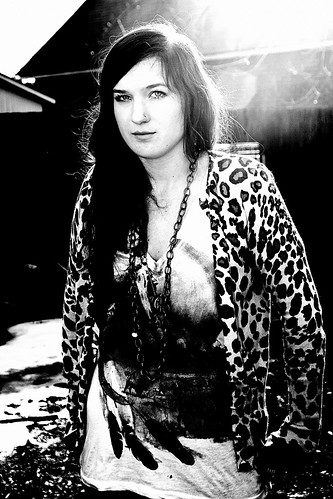
One of my good friends gcmandrake suggested I give my blog's monthly photo assignment another try, and I agreed. I also asked GC to give us a topic, and I really think he came up with a great one.
October's photography assignment is HIGH NOON. The only stipulation is that the image must be taken between NOW and Oct. 24 to submit a photo related to the topic to my email at shebawheeler@picture-yourworld.com. Please have EXIF intact. Photos not taken during the time frame will not be included.
I think this is a very challenging assignment, because as photographers, we are often told to avoid shooting at noon when the sun is at it's highest and hottest. Shadows are harsh and especially unflattering in portraits and landscapes lack texture and produce flat looking images. A scene often ends up being high contrast resulting in loss of detail in bright or dark areas. But I am starting to learn that there's no bad time to shoot; you just need to know how to analyze the quality of the light and approach it from a different technique. I thought some information about how to shoot in this situation might be helpful.
Jim Miotke of BetterPhoto.com says mid-day photographs are often very high key, which can be used as a stylistic tool to make your photograph tell a specific story.
Sunny f/16 Rule: The most basic and time tested rule of photography. On a bright sunny day, your exposure will be f/16, at the shutter speed closest to your ISO. For example, at noon on a clear day with an ISO of 200, your exposure will be f/16 @ a 200th.
Use filters: Warming filters will eliminate the bluish cast midday light produces and help to simulate the warmer tones of the Golden Hour. A graduated neutral density filter can overcome the contrast gap in the scene. A polarizing filter takes reflections off and produces more saturated colors.
Diffuse light: Take advantage of clouds in the sky which work great as natural diffusers. If you are shooting on a cloudless day, block the direct sun light with your hand or any white translucent material such as a handkerchief, T-shirt or a sheet.
Reflect light: Use a reflective material to lighten shaded areas.
Use fill-flash: Fill dark areas with fill-flash especially if you are shooting outdoor portraits, but it can be useful in landscapes as well. Try shooting in the shade and using fill-flash to add light.
Get up high: Go up on a hill, hang over balcony railings or bring a ladder. According to Andrew of goldengod.net getting up high will encourage your subject to look upward, dramatically cutting down on the shadowed eyes you see when it's bright out. Also, make sure your model is looking away from the sun so they won't be squinting in the photo.















No comments:
Post a Comment